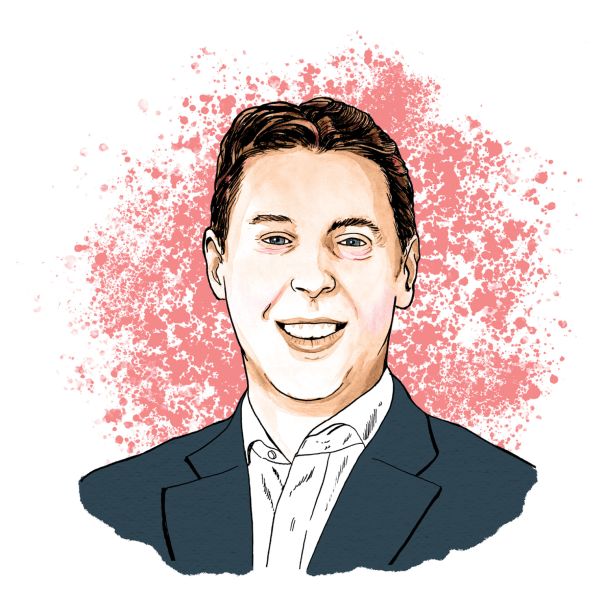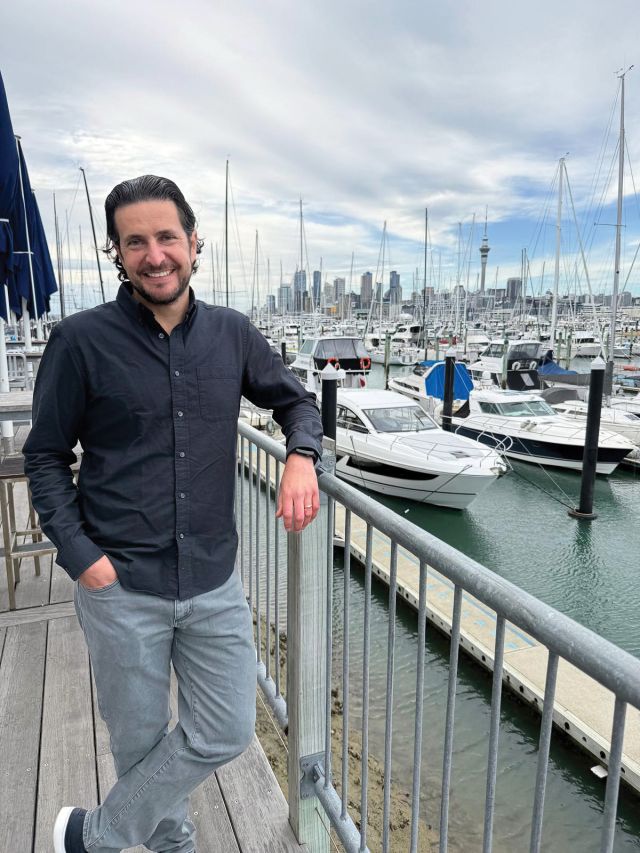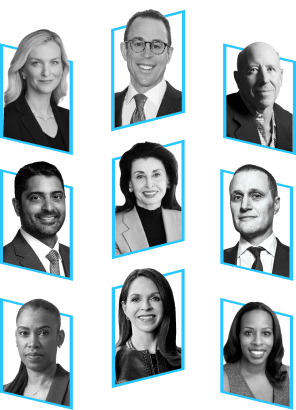
Jason Kollander
Partner and head of real estate credit at BDT & MSD Partners

What are the biggest headwinds and tailwinds to increased transaction activity today?
Headwinds to new transaction activity persist in the commercial real estate market. Base rates remain elevated, which has kept overall financing costs high — even in a tighter spread environment. This has resulted in less overall activity on new projects, particularly those that require heavy operational execution and/or significant business plan risk, because they simply don’t pencil from a returns perspective. On top of that, equity capital is still challenging and expensive to secure, constraining the pace of new deal activity.
On the tailwind side, we’re beginning to see some positive momentum. A potential shift toward a lower interest rate environment is helping close the gap between borrowers and lenders, making financing more accretive for viable projects. In addition, the broader reset in real estate values is also spurring activity in several ways, including narrowing the bid/ask between buyers and sellers, and unlocking opportunities where assets had previously been “stuck” for more than five years in some cases as a result of the global pandemic and the rapid rise in interest rates that began in the first quarter of 2022.
Combined with ample dry powder in the market and a backdrop of global economic growth, sentiment is improving. While conditions can change quickly, the tone in the market today feels more constructive than it has in some time.
Which lending and investment opportunities that didn’t exist last year are you leaning into today?
What’s emerging most clearly this year are the opportunities to provide both senior secured debt and structured capital solutions, bookends of the debt capital structure. On the senior lending front, we’ve seen a big pickup in activity in lending at lower loan-to-values for cash-flowing or light transitional investments that still deliver attractive risk-adjusted returns. In terms of structured capital solutions, we are seeing a real need for “gap capital” investments — those that sit between traditional senior secured lending and common equity in the capital structure. These can take the form of preferred equity across a portfolio or platform, or other creative, nontraditional structures that help sponsors unlock liquidity or reposition assets. It’s not that these opportunities didn’t exist before, but they’ve become more relevant as borrowers seek flexible partners to help either lower their cost of capital or bridge capital gaps. In a market that’s still selective, we’re finding that our ability to deliver certainty of execution and tailored structures across portfolios, platforms, and joint ventures has real value. The theme is creativity and flexibility, not volume.
Which transaction made you most proud this year, and why?
Rather than one deal, I’d point to a theme that’s been especially rewarding, and that’s been our involvement in several office-to-residential conversions in Manhattan. These projects take advantage of the recently passed City of Yes framework, which streamlines the process of converting obsolete office stock into multifamily housing. They address a real need in the market: creating housing supply, including affordable units, in a city that has limited new starts, record-low vacancies and high rents, while repositioning underutilized assets. We’ve closed two of these transactions this year, with another expected to follow. They’ve become a bright spot in an otherwise complex market.
Have the capital markets’ resiliency surprised you over the past few years?
I wouldn’t say surprised — maybe impressed, but not surprised. The U.S. capital markets have shown time and again their ability to recalibrate quickly after moments of disruption. With the exception of a few brief pauses during the onset of the global pandemic in 2020 and a couple of macro shocks since, liquidity has returned quickly, and the system continues to function efficiently. Today, both banks and alternative lenders are providing capital with discipline, but also with a level of activity that might not have been expected given the broader environment. In many ways, the markets are operating as smoothly as they have in years.
That said, the recovery has been uneven. Certain asset classes and sponsors are getting financed attractively, while others are still on the sidelines. It’s become a market of haves and have-nots. Those projects and assets with strong sponsorship, high-quality characteristics, and clear business plans are finding capital, while those without these elements continue to face real challenges.
Describe your upcoming pipeline in one word.
Selective. We’re being deliberate about sponsorship, asset class and geography. In a market where capital is available but conviction is scarce, being selective is a competitive strength. It doesn’t mean we’re sitting on the sidelines; it means we’re focused on opportunities where we have a real edge and a “right to win,” whether that’s in structure, speed or complexity. Every deal we’re pursuing has a clear reason to exist, and that’s the mindset we’re carrying into 2026: Remain disciplined and discerning, while also maintaining our creativity and flexibility in structuring capital solutions for our partners and borrowers.
Lighting Round:
“The Summer I Turned Pretty” or “The Morning Show”?
Neither. “Landman”!
Biggest moment of 2025: TSwift’s engagement or Fed rate cuts?
Fed rate cuts.
Data centers: Been there done that, or Gimme more?
Exploring.
Where will rates be one year from now?
Lower, but not by much.
Friend, unfriend, block: Office, retail, hospitality?
Friends with all, for the right deal.
How do you shake off market stress?
Central Park walks/runs.
NFL or college football?
NFL.
What song would be the theme tune of your life?
“My Way” by Frank Sinatra.
Ultimate dinner party: Pick three guests (dead or alive)?
Byron Trott, Gregg Lemkau and Michael Dell (obviously!).
Thanksgiving: Are you the chef or spectator/taster?
America’s taster!
Holiday wish?
Unplugged quality time with my family.








